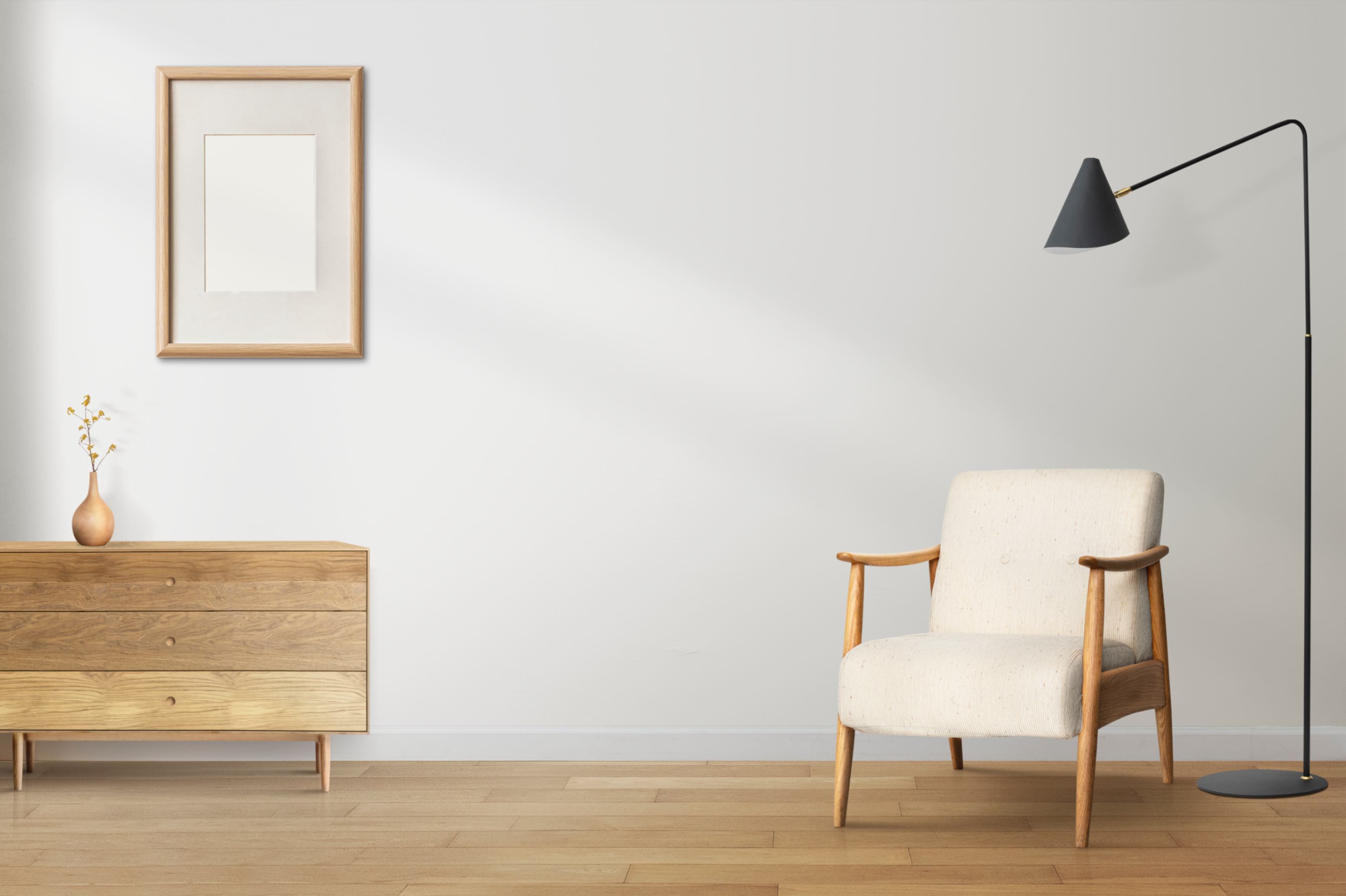
In a world characterized by complexity and excess, the concept of minimalism has gained significant traction in various fields, including architecture. Minimalist architecture champions simplicity, clean lines, and an emphasis on functionality.
It embraces the philosophy of "less is more," stripping away unnecessary ornamentation and focusing on essential elements. This article will delve into the principles of minimalism in architecture. We will explore its origins and examine how it has influenced contemporary design.
Origins of Minimalism in Architecture
Minimalism in architecture has its roots in the early 20th century. At this time, artists and architects wanted to move away from the ornate and decorative styles of the past. Pioneers such as Ludwig Mies van der Rohe and Frank Lloyd Wright championed creating uncluttered, harmonious, and efficient spaces. Their work laid the foundation for the minimalist movement, which gained momentum in the mid-20th century.
Key Principles of Minimalist Architecture
- Simplicity and Clean Lines
Minimalist architecture places a premium on simplicity, often employing clean lines, geometric shapes, and unadorned surfaces. This simplicity creates a sense of calm and clarity, allowing the essential elements of the design to shine.
- Functionality
Minimalism emphasizes functionality and purpose in design. Spaces are organized to serve their intended use efficiently, with careful attention to ergonomics and practicality. Each element has a purpose, eliminating unnecessary embellishments.
- Abundant Natural Light
Minimalist architecture embraces natural light as a design element. Large windows, skylights, and open floor plans maximize the amount of natural light entering a space. This creates a feeling of openness and allows the interior to blend with the outdoors.
- Material Selection
Minimalist design often features a limited palette of materials. It emphasis on natural elements such as wood, glass, concrete, and metal. These materials are chosen for their inherent beauty and durability, allowing the architecture itself to become a focal point.
The Impact of Minimalism in Contemporary Design

Minimalism continues to influence contemporary architectural design in numerous ways:
Sustainable Design
The minimalist approach aligns with sustainable design principles. Prioritizing energy efficiency, using environmentally friendly materials, and promoting the efficient use of space.
Urban Living
In densely populated urban areas, minimalist architecture helps maximize space and create a sense of openness in compact living environments. Its simplicity often complements the modern urban lifestyle.
Interior Design
Minimalist architecture has had an impact on interior design. Open-plan layouts, neutral colors, and clean aesthetics are popular in minimalist-inspired homes and spaces.
Emotional Well-being
Minimalist spaces have been associated with promoting a sense of calm, tranquility, and well-being. The reduction of visual clutter allows individuals to focus and find respite from the chaos of the outside world. Moreover, minimalism in architecture goes beyond the physical aspects of design and extends into a lifestyle choice. It encourages individuals to embrace a minimalist mindset of simplicity, reducing clutter in their physical spaces and daily lives.
The principles of minimalism can inspire a shift towards conscious consumption, focusing on quality over quantity and finding beauty in the essentials. By adopting minimalist principles in architecture and interior design trends, individuals can create spaces that reflect their values and foster a sense of tranquility and balance in their everyday lives.
Minimalism in architecture represents a departure from excess and a return to the fundamental principles of design. Minimalist architecture creates visually striking, efficient, and harmonious spaces by embracing simplicity, clean lines, functionality, and a focus on essential elements.
The impact of minimalism extends beyond aesthetics, influencing sustainability efforts, urban living, interior design, and emotional well-being. Navigating an ever-complex world can be difficult. Minimalism is a timeless approach to architecture that brings balance and clarity. It also creates a strong connection between individuals and their environment.
One-stop Solution For Home Improvement - Parceloop
Parceloop's Online-configurator is the perfect tool for planning a new project or making changes to an existing location. It's innovative and easy to use!
It empowers individuals and businesses alike to unlock their creative potential and build remarkable projects. With this powerful tool, users understand what to build and how to bring their ideas to life.
Parceloop's Online-configurator streamlines the process, providing comprehensive guidance and ensuring that every step is carefully considered. Embrace the possibilities, harness the expertise, and let Parceloop's Online-configurator be your trusted companion on the journey to manifesting your visions.
Contact us today at parceloop.com!